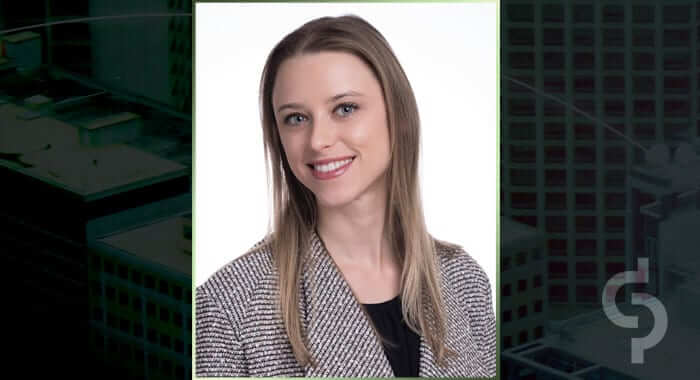On May 23, 2022, the combined collaboration of the U.S. Department of Labor’s Employee Benefits Security Administration, the IRS, and the Pension Benefit Guaranty Corp. released a Federal Register Notice regarding changes for the upcoming plan year. The notice announced changes to the IRS Form 5500 and IRS Form 5500-SF “Short Form” that would apply to 2022 plan year reports. To figure out the changes, we must first understand what a Form 5500 is and if it’ll apply to you.
WHAT IS A FORM 5500?
The IRS Form 5500 is an annual report that’s filed with the U.S. Department of Labor that contains pertinent information about a pension plan’s financial condition. The main purpose of the form is to provide both the IRS and DOL with information about the plan’s operation and its compliance with Federal government regulations. For the most part, all retirement plans, are required to file a Form 5500 for every year the plan holds assets. Such retirement plans include profit sharing and 401(k) plans.
An IRS Form 5500-SF is a simplified version of the 5500 that is generally used by small pension plans. The requirements to be eligible to use a Form 5500-SF per the IRS include:
- A small pension plan with one to fewer than 100 participants at the beginning of the plan year,
- Meet the conditions for being exempt from the requirement that the plan’s books and records be audited by an independent qualified public accountant,
- Have 100% of its assets invested in certain secure investments with a readily determined fair value,
- Hold no employer securities,
- Not be a multiemployer plan.
CHANGES FOR THE 2022 PLAN YEAR
When the Setting Every Community Up for Retirement Enhancement Act (SECURE Act) passed in 2019, the act included the proposal of additional changes by the IRS, DOL, and Pension Benefit Guaranty Corporation (PBGC) to Form 5500 and Form 5500-SF. The proposed changes are structured on improving the actuarial and retirement plan schedules filed by defined benefit pension plans subject to Title IV of the Employee Retirement Income Security Act (ERISA) of 1974. The final rule also adopts additions to the plan characteristics codes reported on line 8 of Form 5500, and on line 9 of Form 5500-SF, to improve the data reported on defined contribution multiple employer plans, including pooled employer plans. The instructions also contain clarifying additions related to Part II of Form 5500 and Form 5500-SF that collect plan sponsor and plan administrator information. No changes to the department’s implementing regulations are required for these changes.
It should be noted that as of the writing of this article, the three agencies are still reviewing public comments made during the initial proposed changes made in September 2021. This is due to the agencies wanting to ensure the best way to go about the changes to many of the schedules within the EFAST2 filing system. As for planning ahead for these upcoming changes, any pre-requisites that require you to file a Form 5500/5500 SF could mean that these changes will apply to you. In order to ensure compliance this year, please consult with your public accountant to see if the changes will apply to your benefit plan.
If you would like to learn more about this topic, please contact:

Tania Quigley, CPA
Partner
Tania Quigley has been a member of Cerini & Associates’ audit and consulting practice area since 2005 where she focuses on serving the firms nonprofit and employee benefit plan clientele. Tania has experience in performing financial statement audits and reviews, tax return preparation, cost report preparation and filing, retirement plan audits, and other consulting. Tania brings her expertise, diversified background, and helpful approach to all of her engagements.






